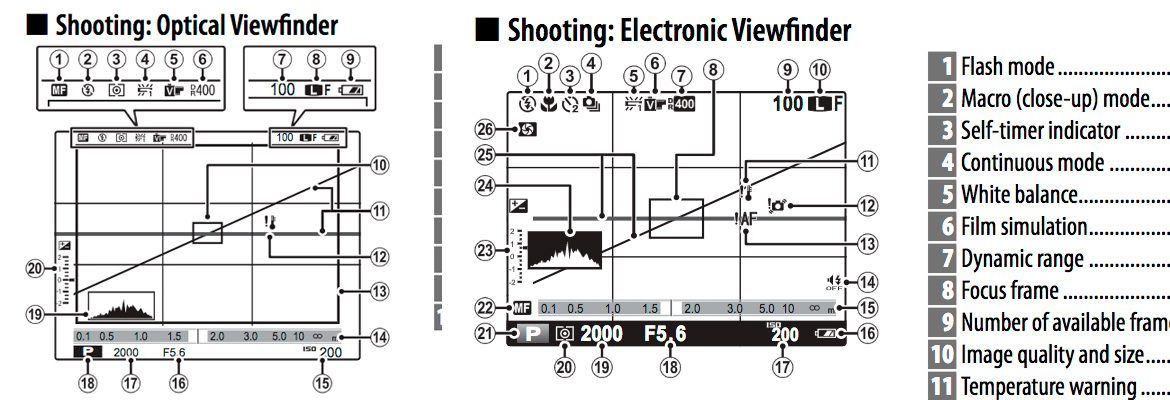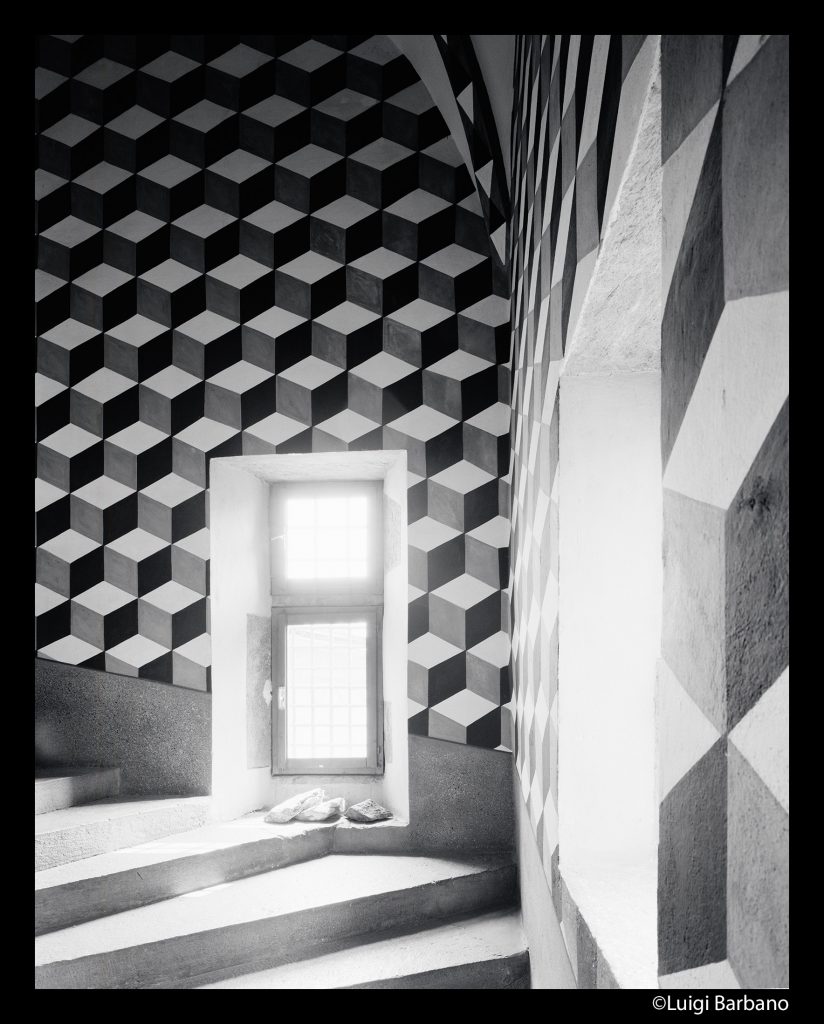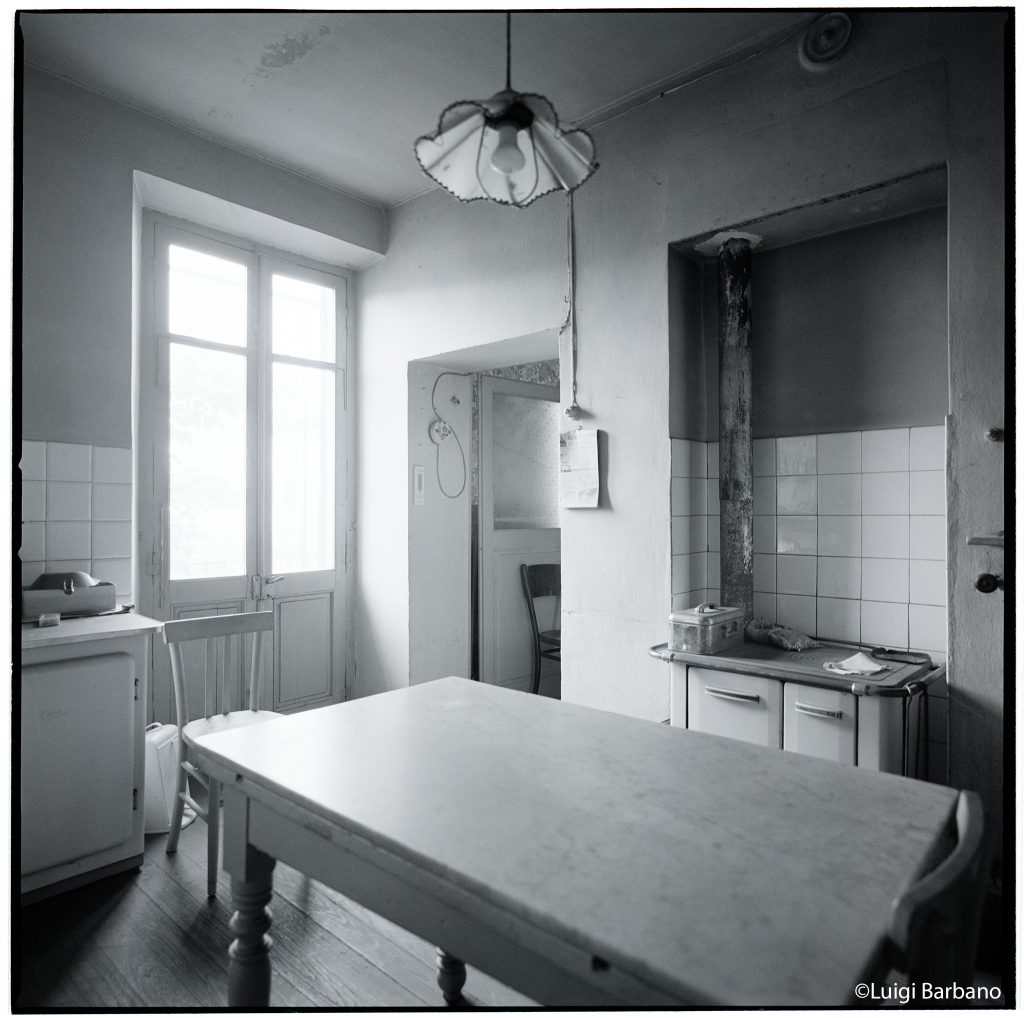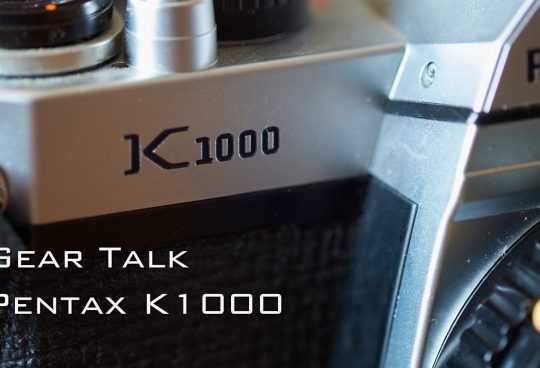OVF vs EVF! Let’s the bloody war begin 😉
The world is divided in two… always, that is why there is people making a lot of money selling t-shirts for opposite points of view!
The users of mirrorless camera are not different, photographers loving the optical viewfinder and photographers loving the electronic viewfinder and hating each other.

Since Fujifilm introduced the hybrid viewfinder with the X100 and the XPro we can have the best of both worlds and decide what to use for every picture.
It is surprising for me to see, on various blog posts and comments, Fuji users hoping to have a future release of those cameras without one or the other option when Fuji made the most intelligent move leaving the choice to us. But this is not the point of this article, here I want to concentrate on what I think is the philosophical difference between the OVF and EVF.
Personally, on my Fuji XPro1 I use both but mostly the OVF.
When we look at an EVF we look at the camera representation of the subject on a display, when we use the OVF we look at the framed reality. Basically people that like to preview and create the image in their mind before taking the picture prefer the OVF, people that like to see the world as is seen by the camera choose the EVF.
The mental process is very different. Seasoned photographers that learned to shoot with film are not very influenced in their mental workflow by the camera because they formed it before the existence of the displays, but younger photographers are forming their workflow based on what the camera offers.
The EVF shows the picture with the dynamic range, color balance and contrast of the camera, and gives to us a filtered scene. With the EVF we are looking at a display and the image is already done, we can take it but we do not make it because we are no more looking at the reality and having feeling and emotions created by the real moment.
The dynamic range of reality can be 100,000:1, the best displays can give 400:1 and a print is around 100:1. The art of photography is not only composition but also to interpret the reality so we can communicate the feeling of the very high light differences and the very subtle shades on a medium with a very limited dynamic range.
The same applies for the color gamut and contrast.
Looking at a display or EVF we limit ourselves to its specific characteristics.
Some time ago I was watching the sunset from a pier, I step few feet back from the railing and observed all the people, specially young, looking at the sunset in their smartphone, ready to click every few seconds. They forgot the reality around, what they were watching was a limited frame of reality interpreted by their phone.
There were two groups of teenagers, one males and the other females, spring, beach warm weather and small swimwear at the age when hormones are crazy and they were so concentrated to watch the sunset in the display and share the moment on the social media with their distant friends that they forgot to look around at each other, share the moment with the real people, smile, know each other and have the option to meet and perhaps fall in love!
I see the same limit in the images created by the display/EVF extremists, they forget the reality and what can make a picture great just because is out of the frame or out of the characteristics of the display. This is absolutely evident in prints because the image is not taken thinking at the final printed result but the click is created on the display. You see the images in small size on the social media and are very good, when printed become ugly and boring with a lot of defects and the limits of the display transferred to the print.
Personally I use the OVF to frame the image I had in my mind watching the reality and I use the EVF only sometime to check some parameters as the histogram or the precise composition in case of situations that can procure a parallax problem.
My preference come form the way I learned to photograph with film and my preferred cameras: Linhof Master Technika and Hasselblad SWC. Both of them had an external viewfinder I used to frame the subject and there was not a way to see the final image until the film was developed and printed.
My usual workflow was to walk in the scene, look around from many different point of view, than get the viewfinder from my pocket (yes was detachable from the camera) to refine my choice with the angle of view of the lenses I had in the bag and only then taking the camera off the bag and positioning it in the right place.
With the Fuji my workflow is the same, just more comfortable in size, weight and speed.
The average person spends 4 hours a day on internet watching at their computer or smartphone display. Photographers now spend a lot of time watching a display to elaborate pictures. We are modifying ourself to adapt to a display and a virtual reality. As photographer we are looking to produce images that will be good on the social media and will produce a lot of “like”.
The mental process used to create photographies is changing and images are no more created by the mind and sensibility of the photographer but by the camera. Blog articles and tutorials talking about the tools get more views and likes than articles and videos talking about the philosophical and aesthetic aspects.
Take a look at the B&H Youtube channel (I love their event space and the quality of the speakers and content!) a lesson of Sam Abell, one of the best photographer and speaker that made a very inspiring class, has around 22 thousands views in 11 months, the first look at different tools have more than 40 thousand views in 2 or 3 months. If we look at less known speakers (most of the time equally interesting) the difference is even wider.
My suggestion for the new “always digital” photographers is simple: sometime use the OVF, cover the display and take pictures in the old school way. You will improve, discover a real world and make your life better, and perhaps you will be able to see the woman/man close to you looking the sunset and exchange a real smile.







Andy Farrell
December 22, 2016
“Looking at a display or EVF we limit ourselves to its specific characteristics.”
“we can take it but we do not make it because we are no more looking at the reality and having feeling and emotions created by the real moment.”
I disagree, as this implies EVF users spend the whole time looking at the EVF and never looking at the world with their own eyes. This is obviously not the case – in general, the EVF is used as more of a last second composition device, the same as an optical finder is. Even with the example of the teenagers and their phones, they are likely rapidly switching between looking at the screen and looking at reality. Nobody views the world exclusively, or even primarily, through EVFs/screens.
It’s fine to prefer using OVFs if that’s what you’re used to, and in some circumstances there can be objective advantages over electronic finders/screens (for now), but to claim that by using one you “will improve, discover a real world and make your life better” seems more like marketing speak than anything based on reality.
Luigi Barbano
December 22, 2016
Everything depends on the habits of the single photographer, but generally, photographers that started the career with digital with a nice display in the back of the camera, or now with the EVF, tend to base their pictures on the display/EVF and loose the contact with the reality.
I had many students in the past years and, more we go on, more the image is created in the camera and not in the mind. The more creative process shifted to post production.
It is very similar to what happened with architecture and CAD design. Architects not used to manually draw sketches are (with exception, I generalize here) all the same because they adapt their designs to the capabilities of the instrument.
What I usually teach is to leave the camera in the bag and create the image with a piece of cardboard, as visualizer, and the eyes.
Every time they do this I see a lot of improvements in the creative expression of the students.
This said, everybody is different and every single person has his preferences but I really think that the use of the OVF shifts the experience from the almost final image on a screen to a world of more reality.
BTW, this is not marketing simply because I’m not selling any products if not my pictures and no producers of OVF cameras are paying me (I would love that!) 🙂
The EVF/Display is great as final tool to check the image. More than often is the first tool as I see photographers not even using an exposure meter in studio with flashlights and checking every single image on the EVF/Display getting distracted from the relationship with the subject.
I’m not against the EVF or the display use, I just think is not good for beginners to learn photography.
I love automatic transmission in a car, I simple think that if someone wants to become a professional pilot needs to learn with the manual transmission to understand how a car works and how to reach the limits of the car and not be subject to the “intelligence” of the automatic system.
I do not know your experience and if you use or not an OVF, but in case you don’t give it a try or simply spend time framing the world with a cardboard, it’s a cheap experiment and you will tell me what you think after trying.
Andy Farrell
December 22, 2016
“photographers that started the career with digital with a nice display in the back of the camera, or now with the EVF, tend to base their pictures on the display/EVF and loose the contact with the reality.”
I agree somewhat with the “base their pictures on the display” part here, but not necessarily with the losing contact with reality. I also don’t see this as entirely negative – it depends on the intended output medium. If someone is only ever going to share their pictures as small files on social media, there’s no issue – they’re effectively optimising for the intended output.
“Architects not used to manually draw sketches are (with exception, I generalize here) all the same because they adapt their designs to the capabilities of the instrument.”
You could turn that around, though, and say that designs done as manual pen/pencil sketches are all done to the capabilities of the instrument. Both offer unique advantages, but as technology advances the downsides of digital equipment begin to disappear.
“What I usually teach is to leave the camera in the bag and create the image with a piece of cardboard, as visualizer, and the eyes.
Every time they do this I see a lot of improvements in the creative expression of the students.”
This is also why I prefer to shoot primes – I can much more easily pre-visualise things without even touching the camera. I definitely agree that it’s important to really *look* at the subject first, and form the picture in your mind before making it “real” with the camera.
You said in the original post:
“The mental process used to create photographies is changing and images are no more created by the mind and sensibility of the photographer but by the camera. Blog articles and tutorials talking about the tools get more views and likes than articles and videos talking about the philosophical and aesthetic aspects.”
I don’t think this is any different to how things have always been. These days it’s cameras, in the film days it was film, paper, darkroom techniques, and so forth.
“I’m not against the EVF or the display use, I just think is not good for beginners to learn photography.
I love automatic transmission in a car, I simple think that if someone wants to become a professional pilot needs to learn with the manual transmission to understand how a car works and how to reach the limits of the car and not be subject to the “intelligence” of the automatic system.”
I agree that to really get the most out of a camera, one should learn how it works fully, including how the technicals aspects of shutter speed, aperture and ISO relate. Where I disagree, though, is with the assertion that beginners should learn these things. To me, they are secondary to the artistic side of things, where creating meaningful images is more important. It’s perfectly possible to do that with the fully automatic camera on a phone.
I also thing EVFs are better for beginners, as they provide real-time feedback of the effect of changing the camera settings. I think I understand what you’re getting at, in that beginners may focus too much on making the electronic display look good versus capturing an image that will look good on the output medium, but with experience they’ll learn what the limitations of the display are compared to, for example, a print.
As to my experience, I started about 17 years ago with a simple point-and-shoot digital camera, moved on to DSLRs when the Nikon D70 came out, and then to a Fuji X100 about 4 years ago. I overwhelmingly prefer using EVFs, even on the camera that offers a choice.
Also, I apologise if I came across as a bit hostile earlier. I really should avoid visiting camera forums, they put me in a bad mood 🙂
Luigi Barbano
December 22, 2016
I partly agree with what you say. In my articles I like to go a little to the extreme to create a discussion.
When I talk about being out of touch with reality I probably think at a wider approach.
I see a lot of very trendy pictures now with a lot of photoshop and post production, from the simple removal of a garbage can to excessive color saturation and so on.
Most of the pictures look very fake to me. But that is the look that come from the display with his limits and the idea to improve in post always looking at a display. The same images printed basically sucks because are excessive, perfect for an iphone display but nothing more.
If I look at a scene with my eyes and image the print usually is more real than the display/photoshopped version.
I’m totally into technology, my point here was just that we do not notice but change our habits based on the tools. Yesterday I was looking at another advertise in tv where people swipe their fingers on the reality to change the scene (and buy better things thanks to the easy loan advertised).
Probably I simply hate the fact that my profession change from hours of creative brainstorming and exploring to hours in front of a computer. The clients expect now a picture taken in few minutes and miracles in post production.
When I started with industrial photography was common to have the factory all cleaned up, they spent days and sometime even repainted some areas to have the perfect pictures. Now they do not care and tell to clean in photoshop, this means hours of work usually not recognized and worse final results.
The strange fact is that the “display photographers” see this as a right and normal thing to do and they do not even think that is easier to swipe the floor instead to retouch the file. This is what I mean with loosing touch of reality.
The electronic image is in some way different in our brain, it’s already a representation, something “fake” that we can change because is not reality.
The reality is that we are advertising as clean a lot of dirty factories or simply showing beautiful landscapes that in reality don’t exist or are totally different.
I agree with the feeling on photogrpahy forums, but I also like an exchange of honest opinions as in this case. I agree with your strong statements because I did the same in the article. I’m pretty sure if one day we meet for a coffee and chat in real will be totally different, but blogs and forums are a mirror of the “display” and modern photography: if you are not strong and in excess nobody even read the post.
From this side I simply thank you for your comment and your opinion, I always value ideas different form mine and I like to learn from people doing the things in a different way than me.
Andy Farrell
December 23, 2016
“The same images printed basically sucks because are excessive, perfect for an iphone display but nothing more.”
This reminds me of a video someone linked me to about how great painters and cinematographers “optimised” for gallery/theatre display conditions, so when the images are viewed on a computer screen surrounded by white background they look far too dark and the subtleties are impossible to really see.
This is the video: https://www.youtube.com/watch?v=DxPmQhwPcgM
Luigi Barbano
December 24, 2016
Thank you for the link, it is very interesting and I think I will copy the way he shows the white compared with the colors.
I think the same is happening with the displays/EVF in photography, we do not notice it but we are influenced by a low quality jpg, with a specific brightness and contrasts while we compose the image. Again, I like to use the EVF and the display, but knowing is not the reality and always keeping my eye and brain out of it.
I work as consultant for companies starting with inkjet printing and something I notice is that they base all on ugly displays with a small gamut, usually too bright and then they complain that the prints are dark or not correct. The color gamut of our eyes is so wide, the cameras have a good gamut, some monitors too and fine art inkjet have a very good gamut… but all these color spaces are different so in the display we cannot see real colors we can put in the print.
By the way, Marry Christmas! And check my Christmas post, no technical polemics, just pictures with some description 🙂
Willie
December 24, 2016
Photographing with electronic viewfinders in very dark areas is a killer. Composing with night skies, dimly lit clubs and the like with the bright light hitting your eyes kills your night vision. Not to mention many cameras electronic finders are useless in the dark.
Luigi Barbano
December 24, 2016
Yes there are uses where the EVF is really impossible to use… but also a lot of situations where EVF is good. What I wanted to express is that we need to know what we are doing, be able to use the best tool for a specific scene and specially know the limits and not be influenced too much by the instruments we use. It is easy to let the tools choose for use.